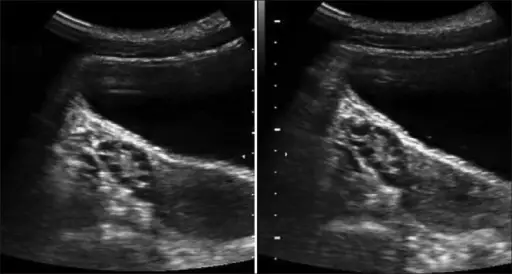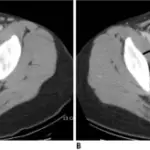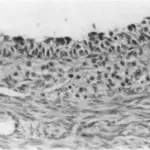Polycystic ovaries are conditions in which the ovaries produce an abnormal amount of androgens, male sex hormones that are usually present in women in small amounts.
What is the Pathology of Polycystic Ovaries?
The pathology of polycystic ovaries is:
-Etiology: The cause of polycystic ovaries is not well known. However abnormal function of the hypothalamic-pituitary gland might be the cause.
-Genes involved: DENND1A gene variations.
-Pathogenesis: The sequence of events that lead to polycystic ovaries are not precisely known.
-Morphology: The morphology associated with polycystic ovaries shows Large ovaries with numerous subcortical cysts.
-Histology: The histology associated with polycystic ovaries shows cystic follicles covered by a dense fibrous capsule, hyperthecosis.
How does Polycystic Ovaries Present?
Patients with polycystic ovaries typically females between 15- and 44-years age or during reproductive age. The symptoms, features, and clinical findings associated with polycystic ovaries include: light irregular or missed periods, excessive body hairs, weight gain, acne, thinning of hair, infertility.
How is Polycystic Ovaries Diagnosed?
Polycystic ovaries is diagnosed by: blood tests, pelvic exam, ultrasound.
How is Polycystic Ovaries Treated?
Polycystic ovaries is treated by: starting with lifestyles changes and weight loss, hormonal medications such as Clomiphene which is anti-estrogen.
What is the Prognosis of Polycystic Ovaries?
The prognosis of polycystic ovaries is bad because it can only be managed not cured. It has significant reproductive implications for women, including increased risk of anovulatory infertility, miscarriage, and pregnancy-related complications.



